



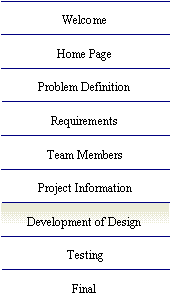


|
Design For Practice |
|
Northern Arizona University |
|
Development of Design (page 1) Next Page |
|
Constrained Layer Damping |

|
Research (Click for More Information) |
|
Design Concepts |
|
By utilizing the frequency equation, we considered several different materials that we believed would stiffen the structure. We tried to make sure to minimize the weight of the stiffening members while increasing the stiffness as much as possible. We tried honey combed aluminum and angle aluminum. Angle aluminum had a higher moment of inertia and more resistance to bending results. It proved to be much stiffer than the honey comb aluminum which was not designed for loading axially.
|







|
Magnetic Shunt Damping |
|
The first of the three main design concepts we decided to implement was mounting. The previous model had large cantilevered sections which we wanted to modify. Looking into the mounting possibilities, we first experimented with four mounts with and without damping materials. Finding that we could only use metal to metal contacts and that four mounts were over constraining we decided to keep the kinematic mounts but adjust the location so that the cantilevered section would be mostly eliminated. |
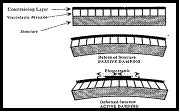
|
Filler Material |
|
Tuned– Mass Damper |
|
Adaptive Algorithm |
|
Smart Material |



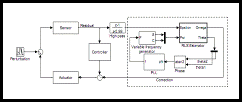

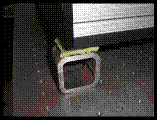
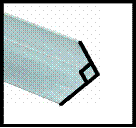
|
Damping was be needed to reduce the amplitudes of the vibrations after we changed the mounts and created a stiffer structure. We concentrated on hysteretic damping in shear, compression, and eventually settled on a tuned mass damper. The objective was to see a decrease duration of the vibrations within the BBC while also dissipating as much energy as possible to decrease the amplitudes of vibration. |
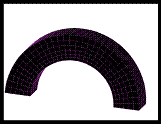
|
Angle Aluminum |
|
Improper Mounting |
|
Sorbothane Damper |